What is Coppicing?
Coppicing is a traditional, sustainable and productive form of woodland management.
In a coppiced wood, trees are regularly cut off at ground level, causing many rods (rather than one large trunk) to grow from the stump or ‘stool’. The rods that grow from the stool are straight and long and can be used for many crafts and products.
Most of our native trees will coppice well, with the most common species including hazel, ash, oak, birch, alder, and sweet chestnut (non native).
A coppiced wood is cut on a cycle, which can be anything from 5 to 30 years, depending on the size of the poles required. The wood is divided into areas or ‘coups’, equal to the number of years in the cycle, so one area is cut each year until you are back to the beginning.
Coppicing can also help to improve woodland health and biodiversity, creating a wide range of age classes and habitats throughout the coppice cycle.










